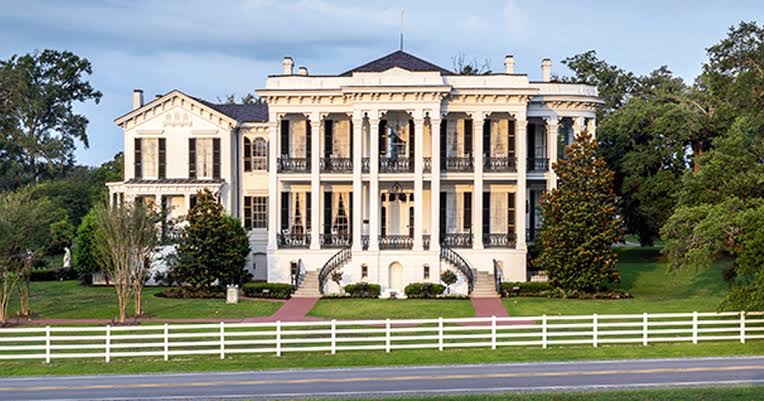Introduction
White Castle, often heralded as the pioneer of the fast food industry, holds a significant place in American culinary history. Established in 1921, it stands as a testament to the evolution of the fast food landscape. This article delves into the origins, growth, and impact of White Castle, examining how a small regional chain became a cultural icon.
**Origins and Founding**
White Castle was founded by Billy Ingram and his brother-in-law, Walt Anderson, in Wichita, Kansas. Ingram and Anderson sought to create a business that offered high-quality food at affordable prices in a quick-service format. The first White Castle restaurant opened on September 13, 1921. Its mission was to provide a standardized product with a uniform taste and a consistent dining experience, a novel concept at the time.
The original White Castle menu was simple: a handful of items, primarily focusing on their signature product, the “slider”—a small, square hamburger with onions, pickles, and a bun. This modest menu was designed to cater to the emerging American middle class, offering a quick, satisfying meal that was both affordable and consistent.
**Early Growth and Expansion**
White Castle’s business model quickly gained traction, and the chain began to expand. By the 1930s, White Castle had established a presence in several major cities, including Chicago and St. Louis. The chain’s success was partly due to its innovative approach to food production and standardization. Each restaurant operated with a focus on efficiency, using a unique assembly line method to produce sliders quickly and in large quantities.
One of the key factors in White Castle’s success was its emphasis on quality control. Ingram and Anderson established rigorous standards for food preparation and cleanliness, ensuring that each burger met the same high standards regardless of location. This commitment to consistency helped build a loyal customer base and solidified the chain’s reputation.
**Innovations and Marketing Strategies**
White Castle was not just a pioneer in terms of food service but also in marketing and branding. The company was one of the first to use a standardized color scheme and logo, which helped create a recognizable and cohesive brand identity. The iconic white castle-shaped building, with its distinctive blue and white tiles, became a symbol of fast food in America.
The company also made strides in marketing by adopting innovative advertising strategies. In the 1930s and 1940s, White Castle was among the first to use radio advertising, capitalizing on the growing popularity of this medium to reach a broader audience. The chain’s marketing campaigns emphasized the affordability and convenience of their products, appealing to the American consumer’s desire for quick and cost-effective meals.
**Challenges and Adaptations**
Despite its early success, White Castle faced several challenges over the decades. The post-World War II era brought increased competition in the fast food industry, with new chains entering the market and offering different types of cuisine. White Castle’s initial advantage of being a pioneer was gradually eroded as other chains introduced their own versions of the hamburger and expanded their menus.
In response to these challenges, White Castle adapted by diversifying its menu and expanding its geographic reach. The company introduced new products such as the “cheeseburger” and “chicken ring” to attract a broader customer base. Additionally, White Castle began to focus on developing a strong presence in suburban and urban areas, leveraging its established reputation while responding to changing consumer preferences.
**Cultural Impact and Legacy**
White Castle’s influence extends beyond the realm of fast food. The chain has become a cultural icon, appearing in films, television shows, and even popular music. The 2004 film “Harold & Kumar Go to White Castle” brought the chain to a new generation of consumers, highlighting its place in American pop culture.
The chain’s significance is also evident in its role as a symbol of American culinary innovation. White Castle’s emphasis on standardization and efficiency set a precedent for other fast food chains and contributed to the development of the fast food industry as we know it today. The concept of quick-service, affordable, and consistent food was revolutionary and has been emulated by numerous other chains.
**Current Status and Future Prospects**
As of the early 2020s, White Castle continues to operate as a prominent fast food chain with over 400 locations across the United States. The company remains family-owned, a rarity in the fast food industry. White Castle has maintained its commitment to quality and consistency while embracing modern technological advancements, such as online ordering and delivery services.
Looking to the future, White Castle faces the ongoing challenge of adapting to changing consumer tastes and market conditions. The company has responded by expanding its menu to include plant-based options and by investing in digital technology to enhance the customer experience. White Castle’s ability to innovate while staying true to its core principles will likely determine its continued success in an increasingly competitive market.
**Conclusion**
White Castle’s journey from a small Wichita restaurant to a national fast food chain is a testament to its enduring appeal and innovative spirit. Its impact on the fast food industry is profound, having set standards for quality, consistency, and branding that have influenced countless other chains. As White Castle navigates the future, its rich history and cultural significance will undoubtedly continue to play a central role in shaping its identity and success.




